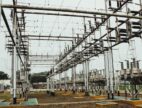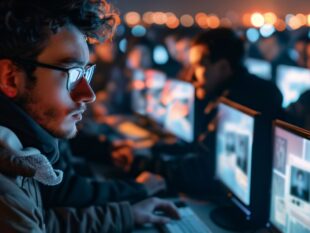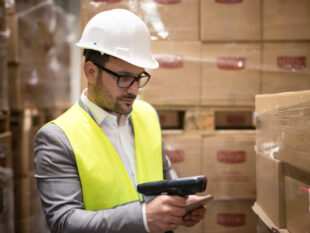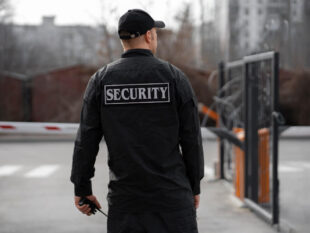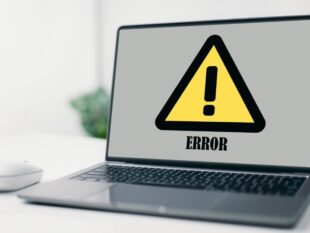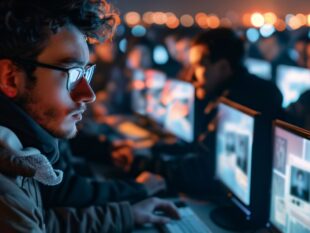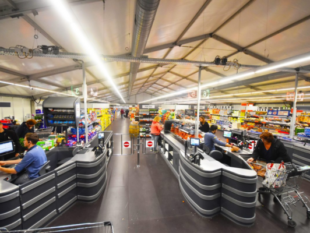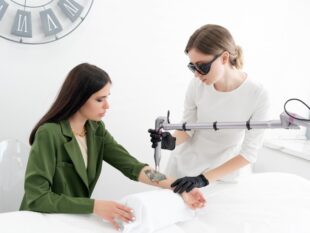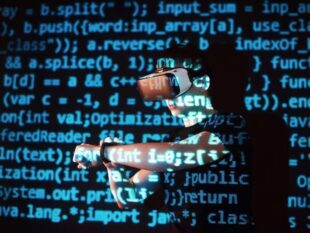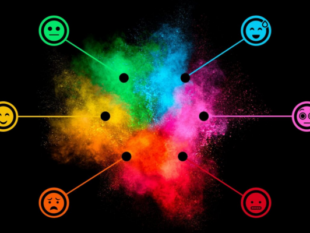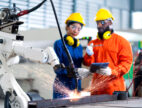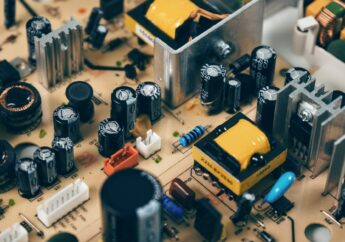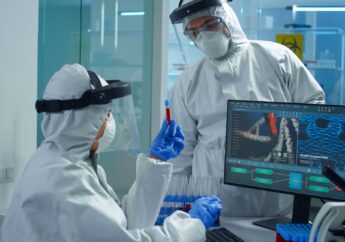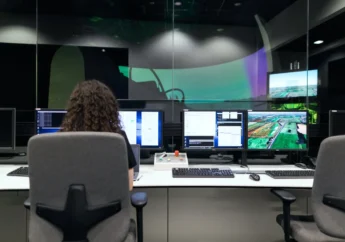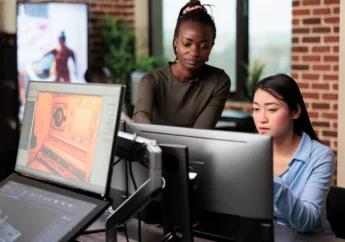Robots Dot to Dot Nattapong: When Art, AI, and Robotics Collide
by Barsha Bhattacharya Technology 07 May 2025
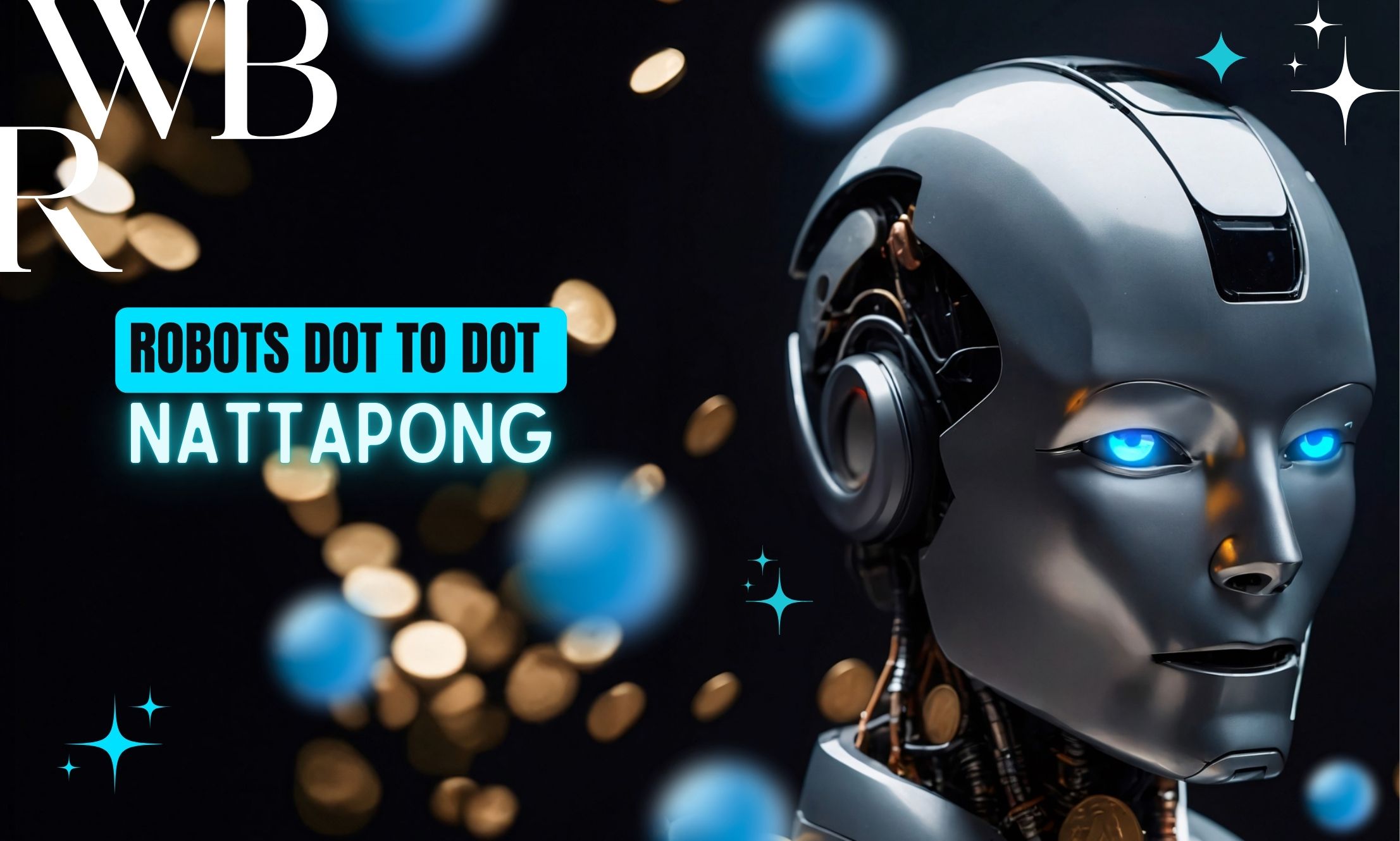
Art and technology have always had a fascinating relationship, but today they are blending in ways we never thought possible.
Get to know Robots Dot to Dot Nattapong — a hip blend of robots, artificial intelligence (AI), and traditional dot-to-dot drawing.
It’s not just machines creating art; it’s people and machines collaborating to produce something incredible.
This fresh spin on dot-to-dot is more than just a cool party trick. It’s demonstrating to the world what’s possible when robots and AI can be used to fuel creativity in new, unconventional ways.
Let’s delve into how it was created, why it’s so unique, and why Robots Dot to Dot Nattapong is making the world take notice.
How Dot-to-Dot Art Evolved
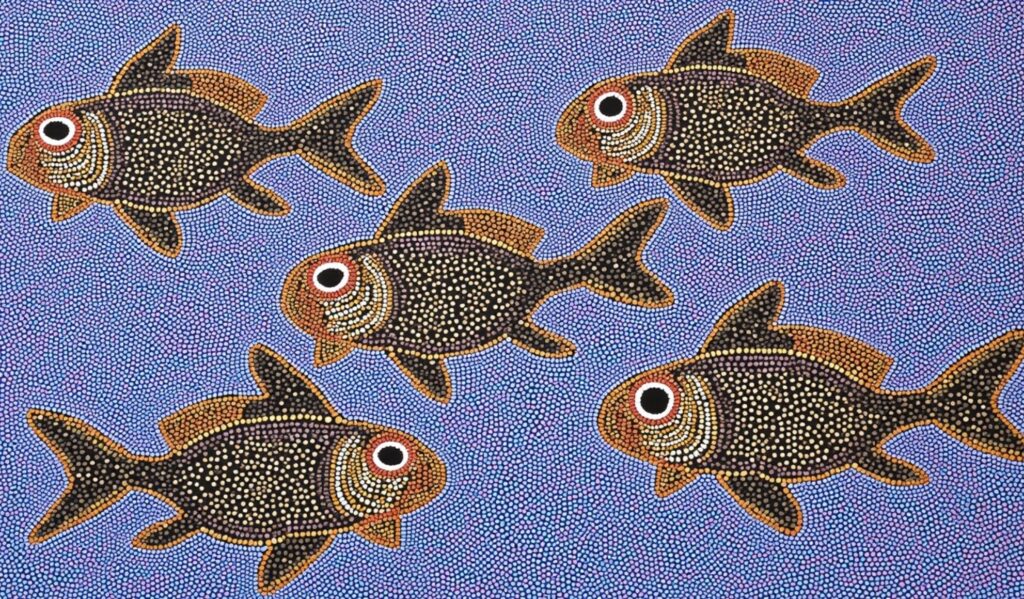
Dot-to-dot art has been around forever. Remember those childhood activity books where you connected numbers to reveal a picture? Those simple puzzles have grown up and gotten a major tech upgrade.
In this day and age, what began as a fun pastime has been revolutionized by digital devices, and now there are such things as crazy-detailed dot-to-dot masterpieces.
And now, Robots Dot to Dot Nattapong is pushing it even further by incorporating robotics and artificial intelligence into the equation.
Where artists used to manually connect a few dozen dots, robots now connect thousands with flawless precision. The outcome? Ridiculously complex designs that look futuristic but still grounded in traditional creativity.
How Robots Are Changing Dot-to-Dot Drawing
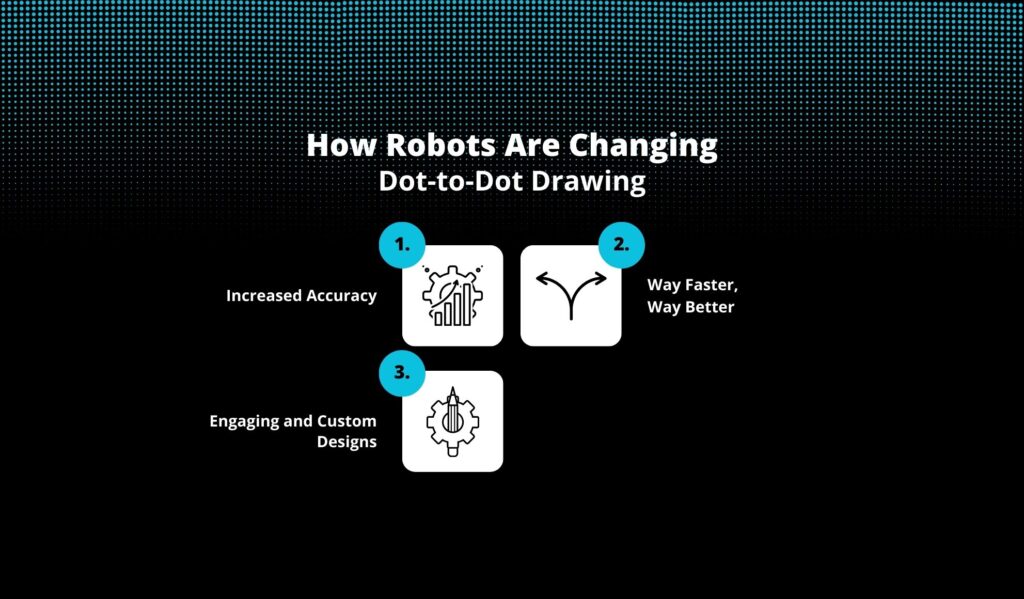
So, what’s so special about Robots Dot to Dot Nattapong? Let’s see how robotics is making this art even more special:
1. Increased Accuracy
Human hands are pleasant, but even the most stable artist can’t compete with the precision of a robot.
Robotic systems are capable of nailing each dot with absolute accuracy, resulting in a clean, polished, and perfectly finished piece, despite containing thousands of points.
2. Way Faster, Way Better
A super-detail dot-to-dot canvas could take hours, or even days, of a human painter. With Robots Dot to Dot Nattapong, which was previously an endurance test, now takes only a few minutes.
That increased speed does more than save time—it unlocks the potential to undertake even greater, more challenging projects.
3. Engaging and Custom Designs
With AI, it’s super easy to make your custom dot-to-dot designs. You can upload your favorite image, and the system translates it into a custom puzzle.
If it’s a picture of a favorite pet or a special memory, Robots Dot to Dot Nattapong makes it personal—and it’s a rush seeing how robots bring those dots to life.
How Artificial Intelligence Fuels the Magic
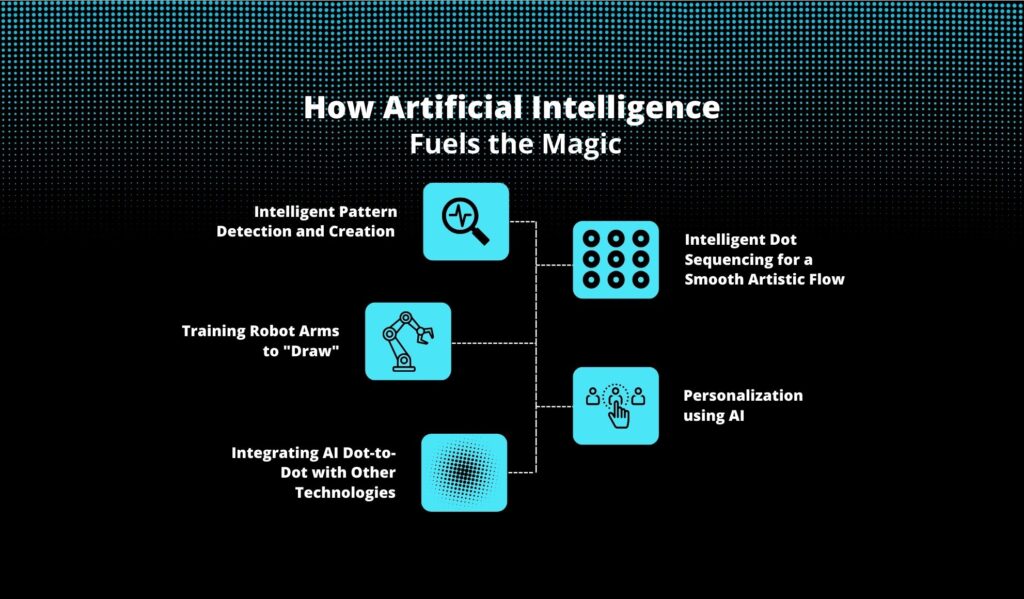
Behind every amazing piece of work delivered by Robots Dot to Dot Nattapong lies a strong, smart system that works quietly in the background — Artificial Intelligence.
AI is the magic ingredient that turns simple dots into beautiful pieces of art. Without it, accuracy, speed, and imagination that we see today would not have been achieved.
Let’s dive deep into how AI is making dot-to-dot robotic paintings a reality:
1. Intelligent Pattern Detection and Creation
The primary task of AI is to “see” and “know” an image, as humans do. With sophisticated pattern recognition, AI can view a picture — a portrait, landscape, or even an abstract concept — and determine the best way to reproduce it using dots.
It doesn’t just throw dots around randomly. The AI scrutinizes the shapes, lines, light, and shadows in the image with meticulous attention.
Then it builds a pattern that strikes a balance between complexity and simplicity so that the final dot-to-dot drawing is intricate but not cluttered.
Thanks to AI, Robots Dot to Dot Nattapong can create anything from simple puzzles for kids to extremely intricate designs that even professional artists cannot replicate.
2. Intelligent Dot Sequencing for a Smooth Artistic Flow
Creating dot-to-dot pictures isn’t just a matter of where you place the dots — it’s also a matter of how you connect them.
AI assists in identifying the dots in the optimal and most aesthetically pleasing sequence. It behaves like an artist, anticipating the creation of smooth, rational lines so that the picture can gradually reveal itself.
For example, AI could first identify and roughly sketch out large features, such as faces or landscapes, and then fill in the details.
It can be much like a human painter would first paint the large picture and subsequently add the fine details.
This smart sequencing is a huge part of what makes Robots Dot to Dot Nattapong feel so fluid and polished, rather than mechanical or random.
3. Training Robot Arms to “Draw”
When the dot map is complete, AI peers into the physical world. It instructs the robotic arms to move just so, adjusting the pressure, speed, and motion to replicate human drawing techniques.
This isn’t as easy as it looks. The robot must:
- Apply the right amount of pressure to connect the dots.
- Travel at the correct speed to create clean and straight lines.
- Adjust your plans immediately if anything unexpected occurs.
AI enables the robot to “think” through these steps in a split second, as if giving it a small artist’s brain.
That is how Robots Dot to Dot Nattapong produces smooth, precise artwork that still looks natural and organic.
4. Personalization using AI
Yet another fantastic perk? Customization! Thanks to AI, clients can now opt for selecting the appearance they desire, rather than working with the templates that are currently available.
They can upload their photos—pet, family photo, or home view—and let Robots Dot to Dot Nattapong design a unique dot-to-dot puzzle for them.
AI processes the uploaded picture, automatically decides how to depict it in dots, and adjusts the level of difficulty according to the user’s preference.
From a simple 100-dot puzzle to a 10,000-dot masterpiece, the AI performs it all seamlessly. This level of individualization makes the process fascinating, whether for entertainment, therapy, or professional-grade art.
5. Integrating AI Dot-to-Dot with Other Technologies
The actual magic is when AI is not merely connecting dots. When AI is combined with other cutting-edge technology to create entirely new forms of art, like:
- 3D Printing: Imagine having a 3D statue printed from numerous small points connected.
- Augmented Reality (AR): Employ your phone or a VR headset to view dot-to-dot artwork come to life in 3D virtual environments.
- Projection Mapping: Towering walls or buildings radiate with dynamic dot-to-dot visuals, powered by AI and robotic accuracy.
In these mashups, AI takes the lead, controlling everything from arranging the visuals to synchronizing the movements, transforming mere dots into full-fledged art experiences that you can sense.
Who is Nattapong?
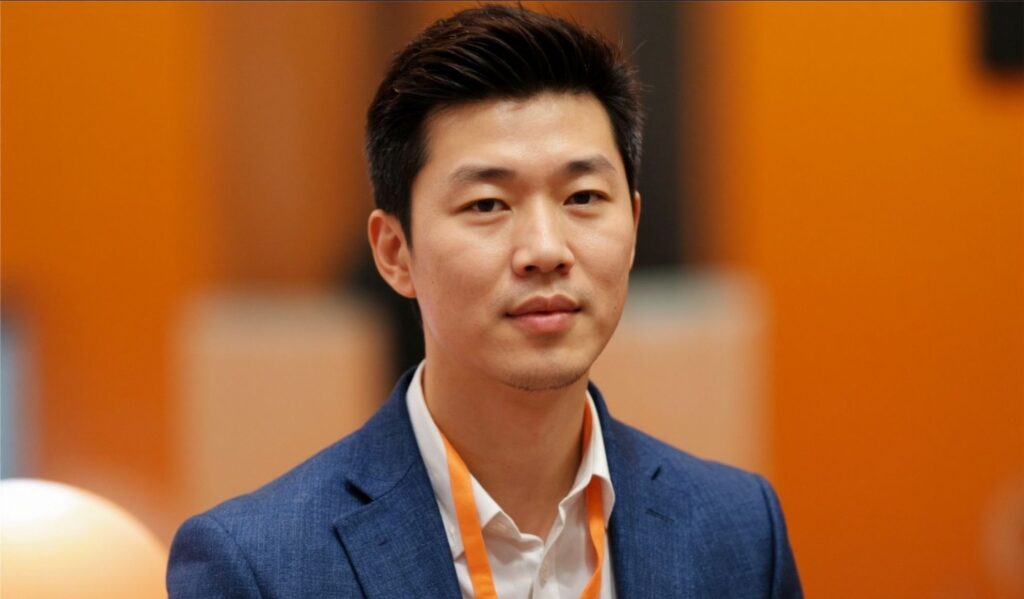
So, who is Robots Dot to Dot Nattapong? The surname “Nattapong” likely means a creative person or a group that enjoys combining technology and art.
Whether it’s an engineer, an artist, or a collaborative effort, their work is making a significant difference by demonstrating how robotics and creativity can coexist.
Their method demonstrates that if the machines are employed wisely, they don’t displace human creativity—they enhance it.
What’s next for Robots Dot to Dot Nattapong?
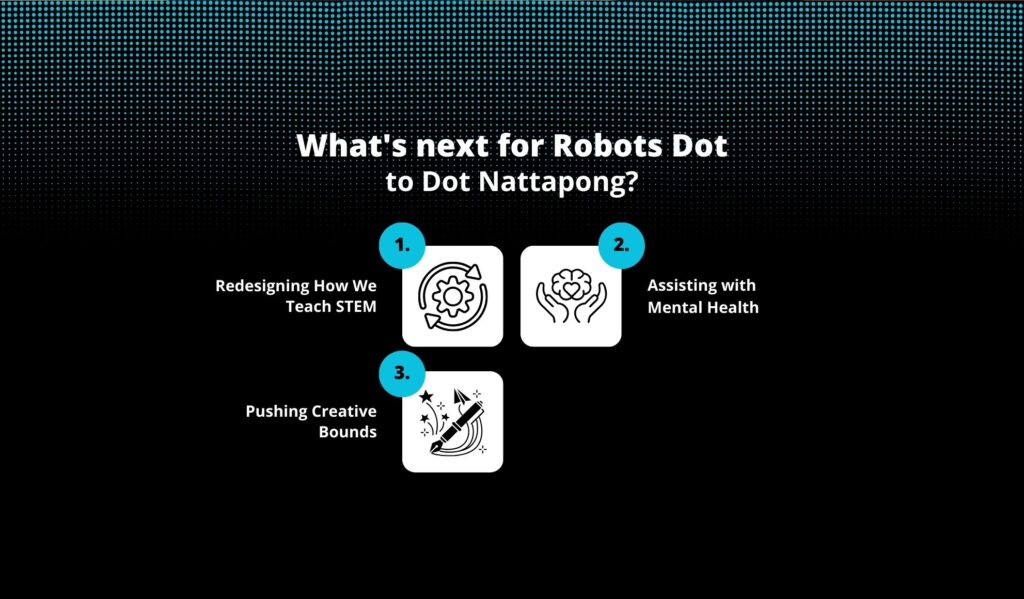
If you think Robots Dot to Dot Nattapong is cool today, just wait—it’s just the tip of the iceberg. Here’s a peek at where it’s going:
1. Redesigning How We Teach STEM
Children are employing dot-to-dot robotics kits to learn coding, robotics, and art simultaneously. It’s a hands-on, practical way of bringing STEM to the masses, and it can only go up from here. Imagine classrooms filled with students creating their robot art!
2. Assisting with Mental Health
Dots have proven to be soothing, and robot dot-to-dot software may be an excellent stress-relief machine and therapy aid.
With AI creating tailored puzzles, individuals can enjoy a soothing sanctuary tailored to their needs.
3. Pushing Creative Bounds
Artists are now using Robots Dot to Dot Nattapong to think bigger. They are creating building-sized murals, interactive museum installations, and even robots that move in response to music or the movement of human beings. Anything is possible for them.
Wrapping it Up
Art is no longer just about brushes and paint—it’s also about technology. Robots Dot to Dot Nattapong showcases how machines and artists can collaborate to create something truly remarkable.
From amazing murals to relaxing puzzles, this collaboration of robots, AI, and imagination is changing the face of art. And the best is yet to come.
As Robots Dot to Dot Nattapong expands, who knows what incredible new forms of art we will be witnessing next?
Also Read








